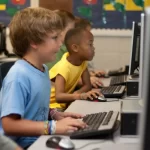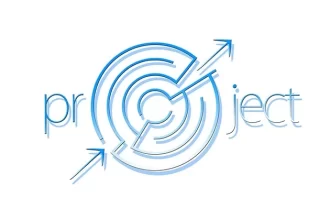Amidst this technology revolution, Education is one segment that has experienced a tremendous amount of transition. It is clear that technology adoption in the education system was inevitable; because it is undeniably one of the most critical aspects of human lives. Because today’s generation must determine the future to follow, having students run parallel to the growing trends and innovations is crucial for today’s education system. There are also various benefits to address these innovations, to name a few, from enhancing participation, promoting individual learning, and cooperation to maintaining knowledge while living a practical life.
The education system, however, is still going through several leaps and boundaries in terms of technical know-how, with most students from rural areas are still clueless. Accordingly, programs that can really close the gap between the learning of these students and the technology are the current need of the hour.
Here are some of the technological developments that are and will change how tomorrow’s technologically powered people will deliver education.
mLearning: Smartphones are arguably one of the devices that must be in the world today. It has given the students a forum–mLearning–to learn and gain information as they want, and most importantly, at their own pace. The traditional way of providing education with more stimulating and informative curricula has changed mLearning. This has also been an essential part of delivering instruction for the workers of companies across various models based on one’s policies. With learners’ versatility, mLearning offers learning on-the-go with different fascinating interface formats to learn from.
Enable Interactive Learning: The next new things in this category are Augmented Reality (AR), and Virtual Reality (VR). As these innovations progress, the learning experience will never be like what we saw in a typical classroom. By offering an immersive and interactive learning experience, AR and VR will allow students to gain visual expertise–3D Designs, Presentations, and Modeling –that will engage students and enhance their learning abilities to a whole new level.
Gamifying Education: As students are more likely to participate in syllabuses that include some challenge-reward-based concepts, so, educational institutions and the eLearning network are now providing a game-based curriculum as a way to engage students with their lessons creatively. As students are more excited about joining with their peers, this strategy will open new doors for today’s learners to deliver education.
Blended Learning: Combining learning and technology gives an advantage to the students over others. A step along at one’s own pace is one thing. Learning at one’s own speed is another. Linking the two creates a big difference. Teachers do not need to breathe over the student’s face. It’s always not enough to direct the student.
Personalized Education: Ironically enough, the importance of personalized education is now higher than ever. The difference is that customized training doesn’t mean collective knowledge isn’t accessible. It merely means that education is given priority to specific needs and expectations, that within the common platform, the individual should mean something.
Flexible Learning: The importance of flexible learning needs to be discussed with the Personalized Education. Flexible learning provides students with options, flexibility, and a personal approach to learning any specific subject. Since we are individuals, learning and teaching within the standardization domain will offer some sort of flexibility.
Expeditionary Learning: Expeditionary learning takes learning out into the world, increasing the interest in knowing more than what is contained within the walls of the classroom while using the environment to identify even more. Students feel committed to learning when attaining goals and achieving growth of character when exposed to learning outside.
Readiness Testing: Readiness Testing points educators and students in the right direction, depending on the individuals who find it appropriate. It helps educational institutions to determine whether students can perform various tasks at a particular stage, thereby giving everyone input into when and how students can move forward.










